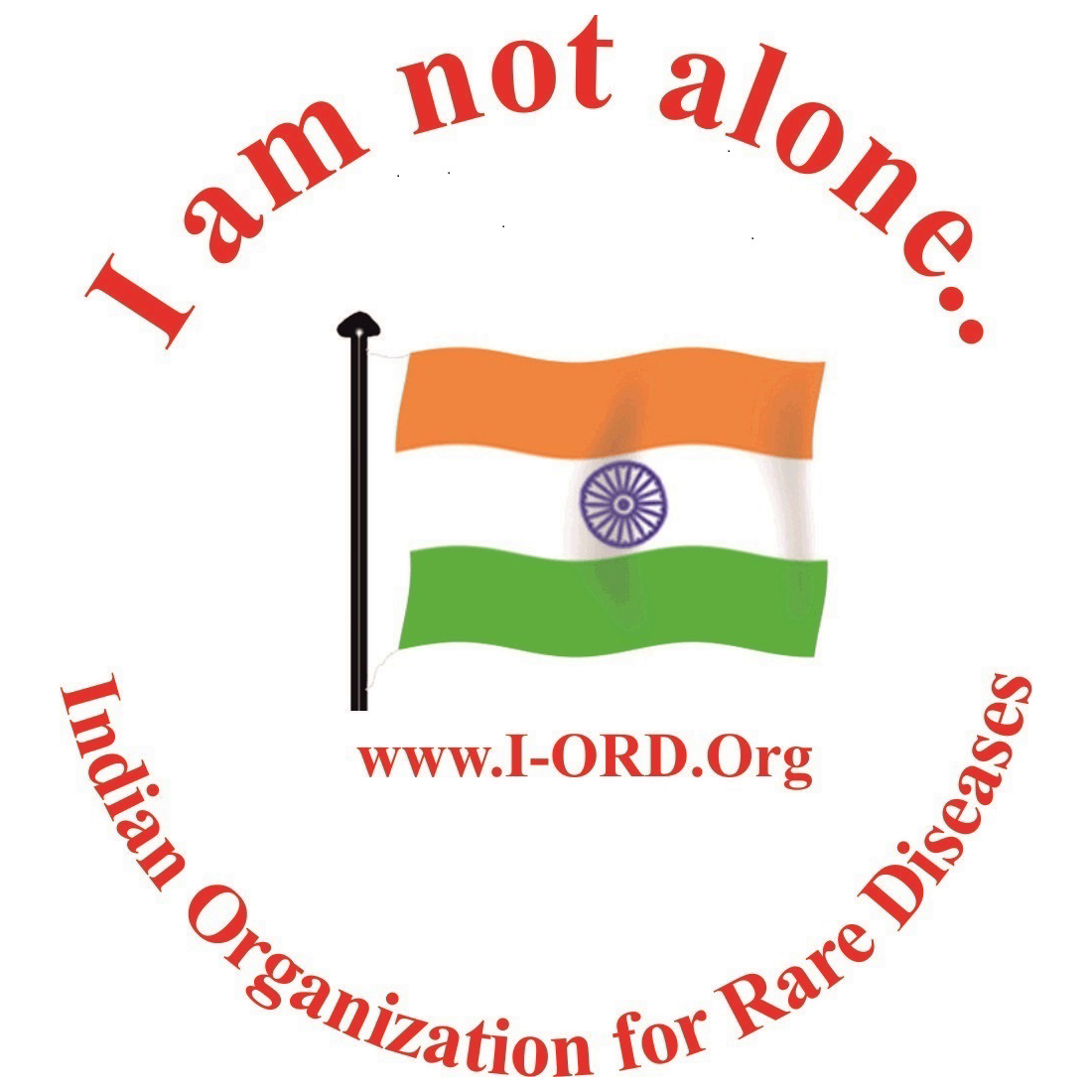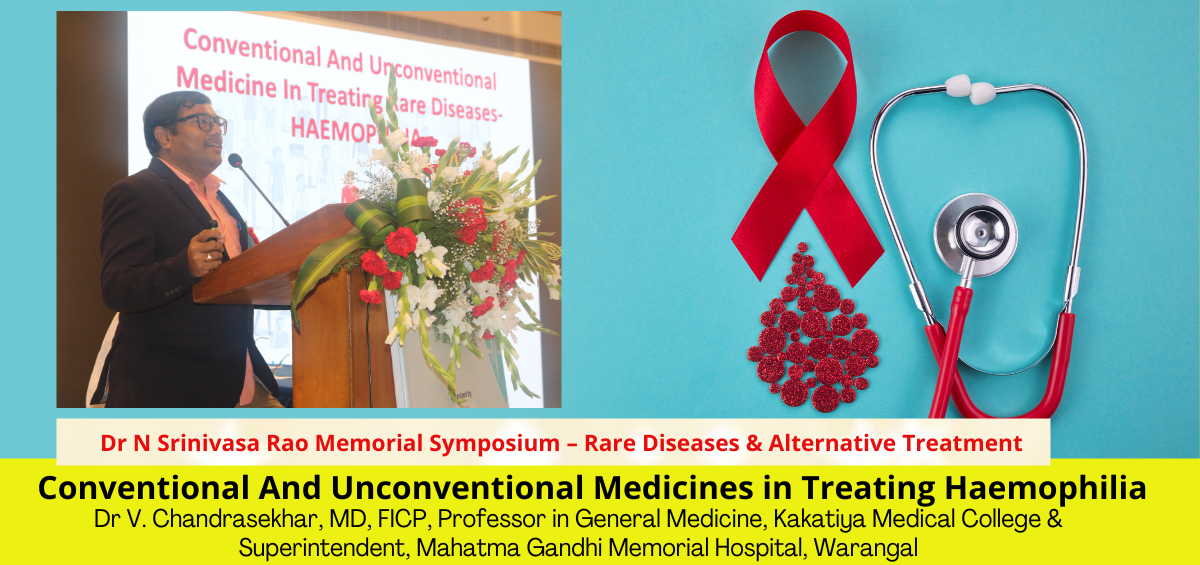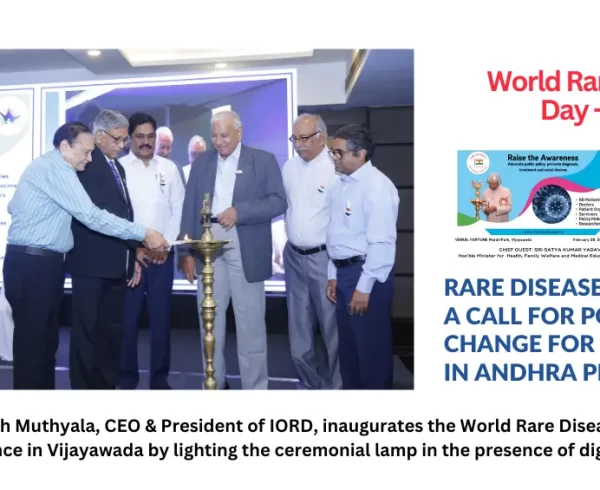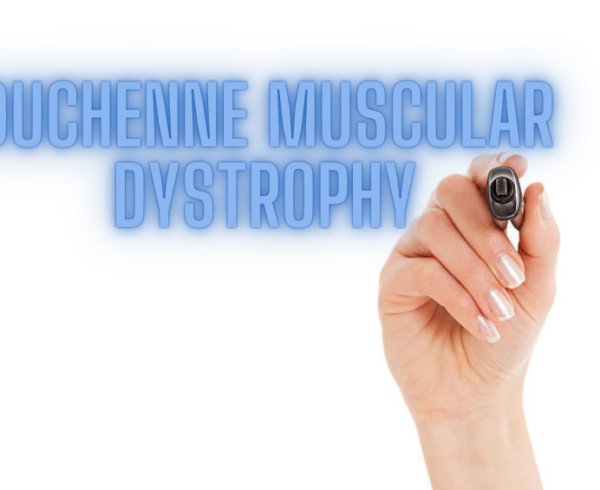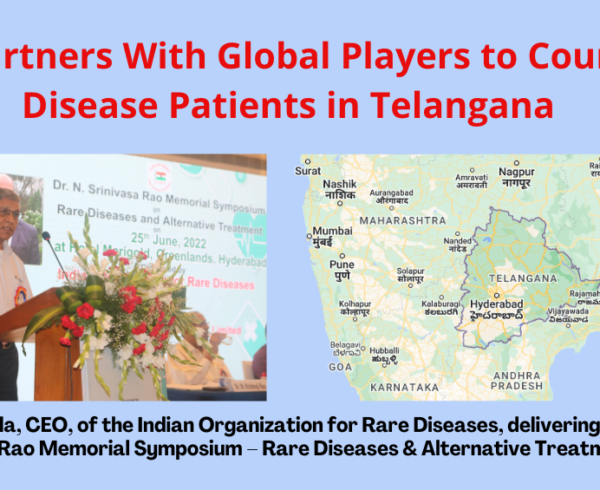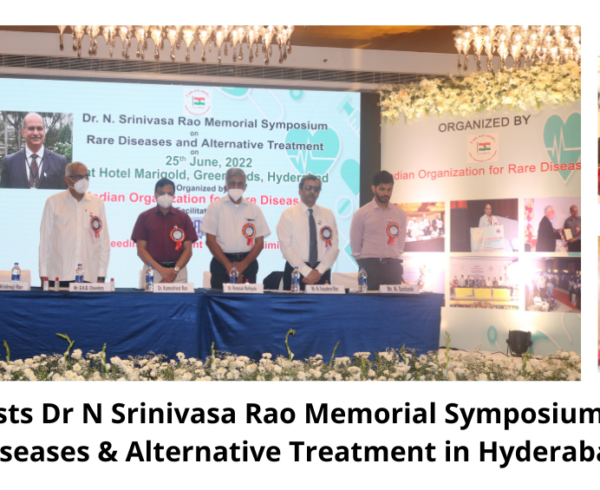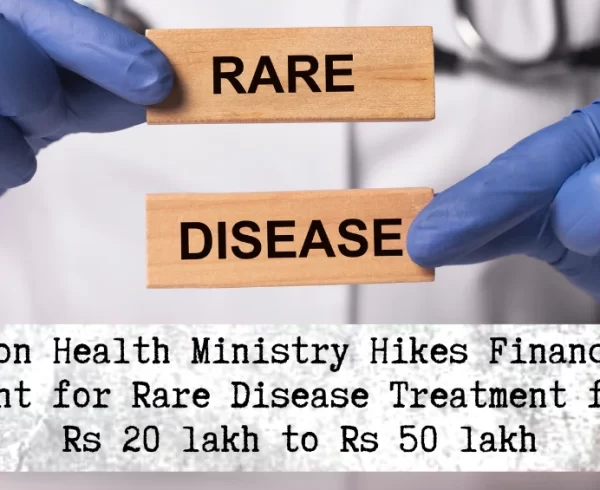HAEMOPHILIA: An Inherited Condition
(This is an abridged version of the presentation delivered by Dr V. Chandrasekhar, MD, FICP, Professor in General Medicine, Kakatiya Medical College & Superintendent, Mahatma Gandhi Memorial Hospital, Warangal, Telangana at the ‘Dr N Srinivasa Rao Memorial Symposium – Rare Diseases & Alternative Treatment’ organized by IORD at Hyderabad on 25th June.)
Haemophilia is an inherited condition that causes bleeding for a long time after injury or surgery and painful swelling of the joints either after injury or even without injury. Caused due to a deficiency of clotting factor, this results in increased bleeding.
There are two types of Haemophilia:
- Haemophilia A (clotting factor VIII deficiency), which is more common and occurs in about 1 in 5,000 births.
- Haemophilia B (factor IX deficiency) is less common and occurs in around 1 in about 20,000 births.
The five countries reporting the highest case detection rate (prevalence) of Hemophilia A (HA) and Hemophilia B (HB) include the USA, India, Brazil, China & the UK respectively.
How is it inherited?
The disease of Haemophilia is X linked and inherited from the mother, though the disease is present in males. A family history of maternal uncles or other male-affected relatives on the mother’s side is often present. Though many cases are due to a newly acquired mutation in the genes, and these families, no family history is present.
What Happens in Haemophilia?
Patients with haemophilia, bleed for a longer time than others after any injury, injections, operations or tooth extractions. They may bleed inside (internally), and in the joints – knees, ankles, and elbows. This bleeding can damage the joints and internal bleeding (head, abdomen) may be life-threatening.
Haemophilia patients bleed for a very long time after injury and often have delayed bleeding e.g. after a few days after tooth extraction or trauma. Patients with severe haemophilia can bleed even without injury-spontaneously, this usually occurs in severe haemophilia patients.
Bleeding Sites:
Some important sites of bleeding include the Iliopsoas (a muscle in the hip), knee, ankle, and elbow joints are commonly affected. Some patients may have bleeding in the brain, even after a very minor injury. Occasionally patients may have blood in the urine.
Haemophilia: Diagnosis
- Family History
- Physical examination
- Serological tests (PT, APTT, Hemophilia A or B)
Prevention And Treatment
Veins must be treated with care during injections they are the lifelines for a person with haemophilia. Regular exercise and other measures to stimulate normal psychomotor development should be encouraged to promote strong muscles, develop balance and coordination, and improve fitness. Prevention of bleeding can be achieved by pro-phylactic factor replacement.
Good oral hygiene is essential to prevent periodontal disease and dental caries, which predispose to gum bleeding.
Safety Precautions:
- Patients should avoid activities likely to cause trauma
- Drugs that affect platelet function, particularly acetylsalicylic acid (ASA) and non-steroidal anti-inflammatory drugs (NSAIDs), except certain COX-2 inhibitors, should be avoided
Treatment For Hemophilia
- Factor concentrates are either prepared by recombinant DNA technology or derived from pools of human plasma.
- Currently, there are several recombinant factor VIII (FVIII) products and two recombinant factor IX (FIX) products available with high specific activities (the amount of desired clotting factor per mg of total protein)
- Plasma-derived clotting factor products are also available
The guidelines for treatment Of Hemophilia by the World Federation Of Hemophilia include Episodic (on-demand treatment), treatment given at the time of clinically evident bleeding.
Primary prophylaxis: Regular continuous treatment initiated in the absence of documented osteochondral joint disease, determined by physical examination and imaging studies, and started before the second clinically evident large joint bleed and age 3 years.
Secondary prophylaxis: Regular continuous treatment started after 2 or more bleeds into large joints and before the onset of joint disease documented by physical examination and imaging studies
Tertiary prophylaxis: Regular continuous treatment started after the onset of joint disease documented by physical examination and plain radiographs of the affected joints.
Intermittent (periodic) prophylaxis: Treatment given to prevent bleeding for periods not exceeding 45 weeks in a year
Antifibrinolytic agents: There is another treatment mode for Hemophilia using Antifibrinolytic agents. They are particularly effective in areas where fibrinolysis appears to contribute to the prolongation of bleeding, as in mucous membranes (nose, mouth, and throat) and with dental procedures. These agents can be given alone or as an adjunct therapy with DDAVP or factor VIII concentrates. The few that are currently available are Aminocaproic acid and Tranexamic acid
Complementary and Alternative Therapies:
Complementary medicine is used along with conventional medicine while alternative medicine is used in place of conventional medicine. However, the term alternative medicine is often used more broadly to include complementary treatments.
Three important points to keep in mind if you are considering complementary medicine:
- You should not start any complementary therapy without talking to your physician first.
- Just because a treatment has not been proven to work in formal clinical testing does not mean it will not work for you.
- Complementary treatments are not always safer treatments—for example, some herbal supplements can interfere with the clotting process.
Types of Complementary Treatments
Complementary treatment takes many forms, some of which you may not have expected. Generally, they fall into the following broad types.
- Natural products: These are often in the form of dietary supplements and include herbal medicines, vitamins, and minerals.
- Mind and Body Medicine: This approach focuses on the interactions among the brain, mind, body, and behaviour. It includes meditation, yoga, acupuncture, deep breathing, hypnosis, and more.
- Manipulative and Body-based Practices: This approach focuses on body systems and structures such as the bones, joints, soft tissues, and circulatory system, and includes spinal manipulation and massage.
- Other types of CAM: Many other forms of CAM exist, including movement therapy, music therapy, and treatments based around energy fields.
Prognosis/Possible Complications
- Most people with haemophilia can manage their condition and lead normal lives. In people who do not receive factor replacement therapy, however, complications include the destruction of bones and joints, life-threatening cysts, bleeding in the brain, gangrene, bleeding into muscles causing damage to nerves, long-term bruising, and anaemia.
- Sudden bleeding can occur with emotional stress.
- Although contracting HIV from blood products is rare, about one-third of people with haemophilia (between the ages of 21 to 60) are infected with HIV.
- Elderly patients with haemophilia may have more difficulties with daily living.
- Following Up every 6 to 12 months.
